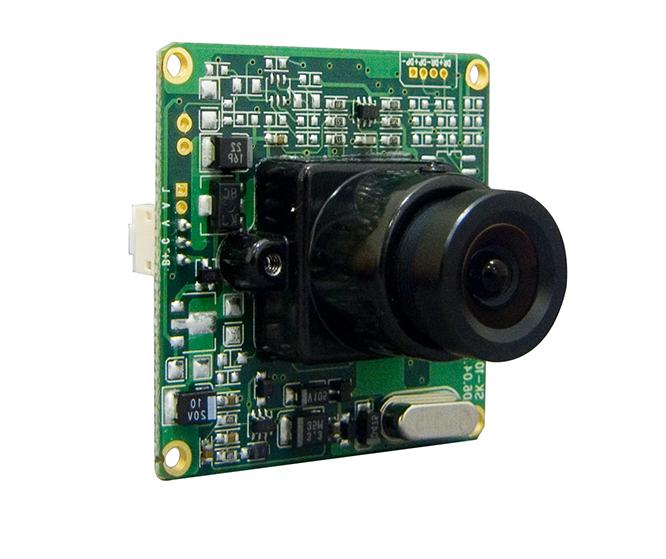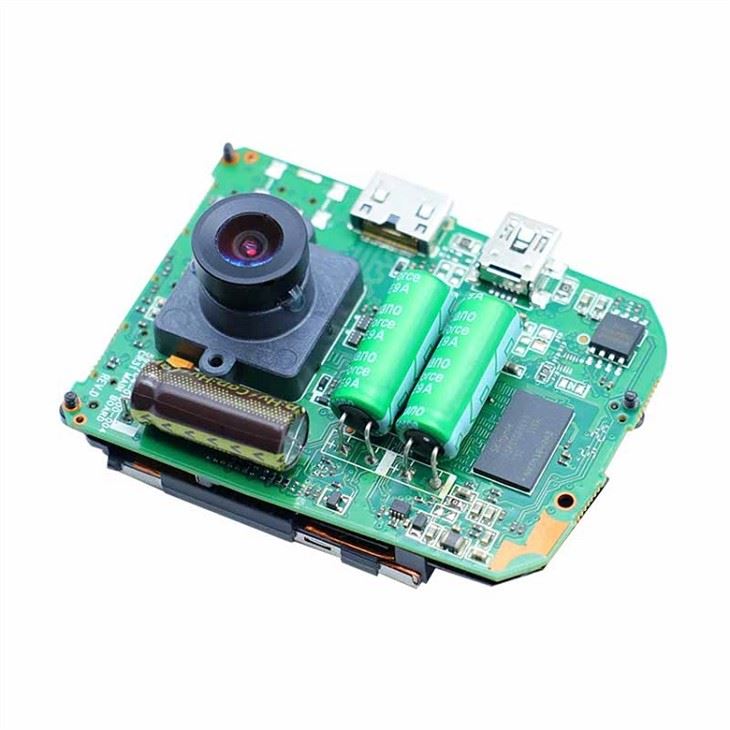Automobile Camera Module PCB Board Cloning
Different technical fields of Automobile Camera Module PCB Cloning have different needs, such as changing the shape of PCB board or related accessories. Recently, major advances in camera modules have been made to improve high-resolution picture and video imaging. In-vehicle cameras will become a strong demand outside of the consumer electronics and industrial sectors.

A fully automated production line for automobile camera modules starts with the PCB assembly, and includes the fully automated incoming test of critical components, the cleaning and activation of component surfaces, the application of adhesives, the active alignment and UV attachment, the curing in the oven, the subsequent assembly of the housing parts and ultimately the final quality test and calibration of the camera parameters.
An important feature of the automobile camera module PCB board production is that the produced camera module is not passive during “assembly.” The activated sensor of the component itself is used to mutually align optics and sensors in sub-micrometer and arc-second resolution.
A multi-axis system is used to align either the optics or the sensor in real time based on test-image data in up to 6 degrees of freedom.

High precisions are achieved by using collimators to project test patterns onto the camera module. These patterns are used at several points in the image to simultaneously compute the image contrast and determine the best image plane location.
Active alignment has become necessary for various reasons: on the one hand, as a result of increased demands on the camera’s resolution – car cameras are also technically developing towards 4 megapixel sensors. On the other hand, the smaller aperture of the lens leads to correspondingly smaller depths of field. Passive production processes purely based on mechanical tolerances reach their limits here.

